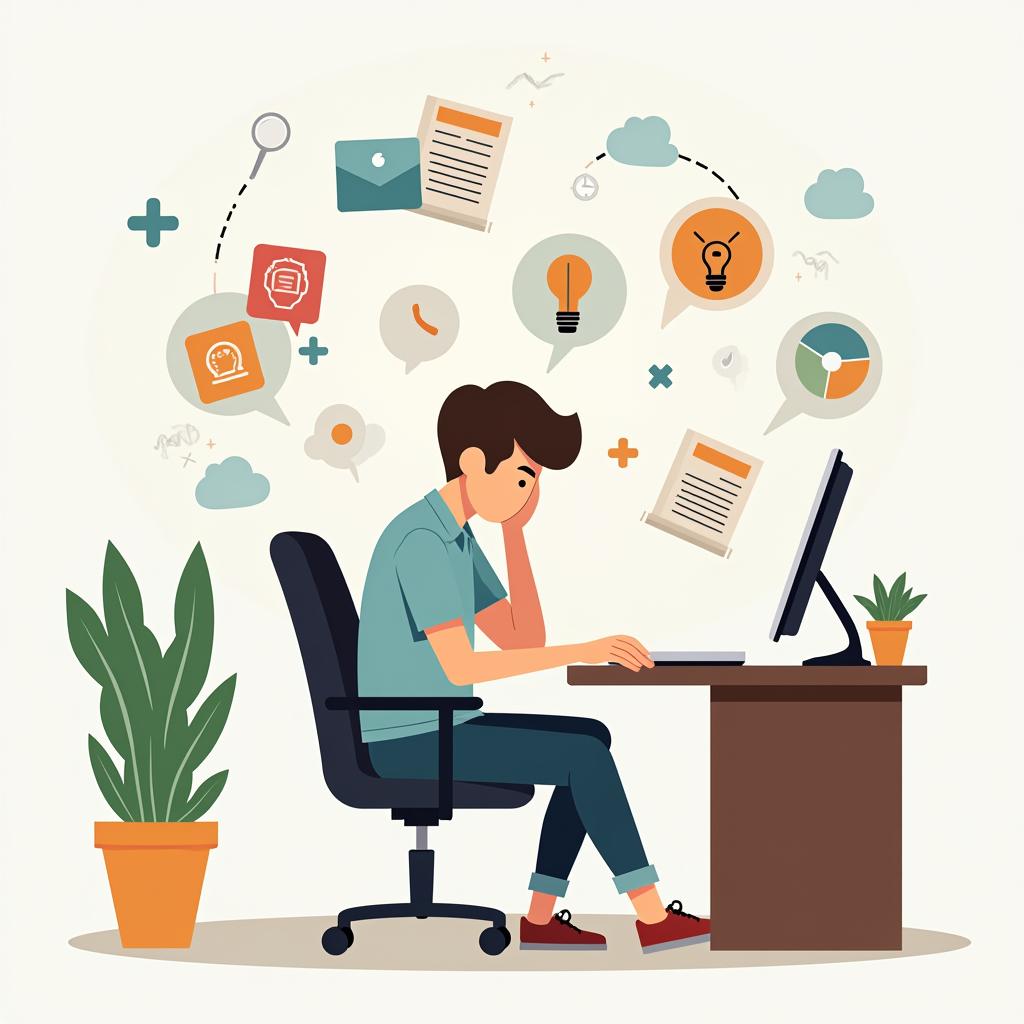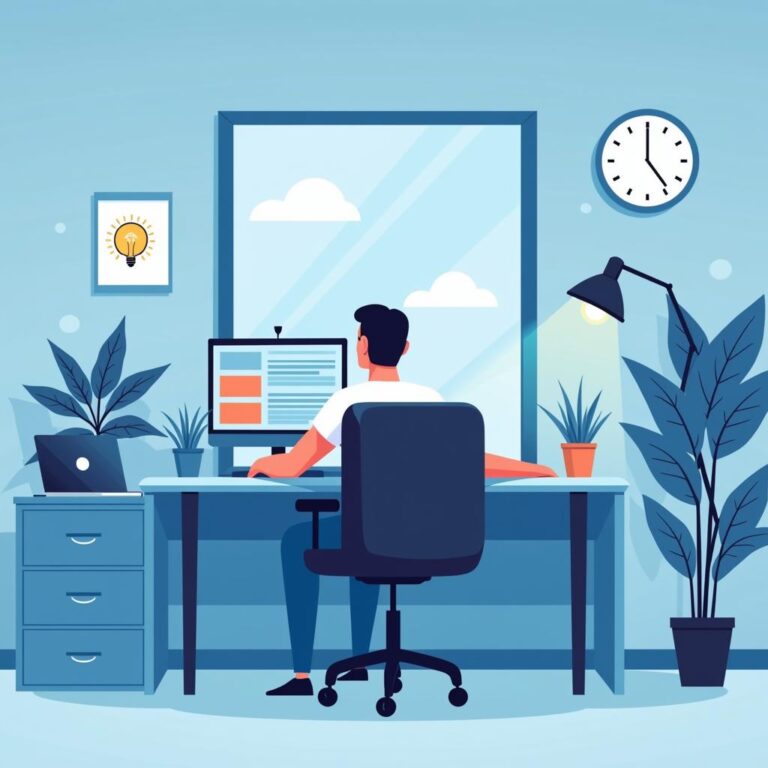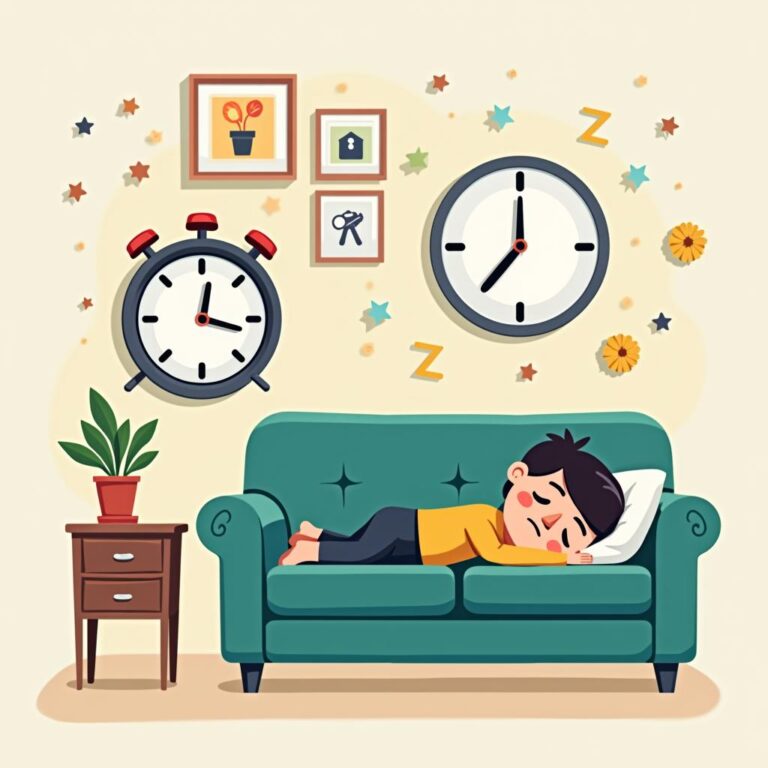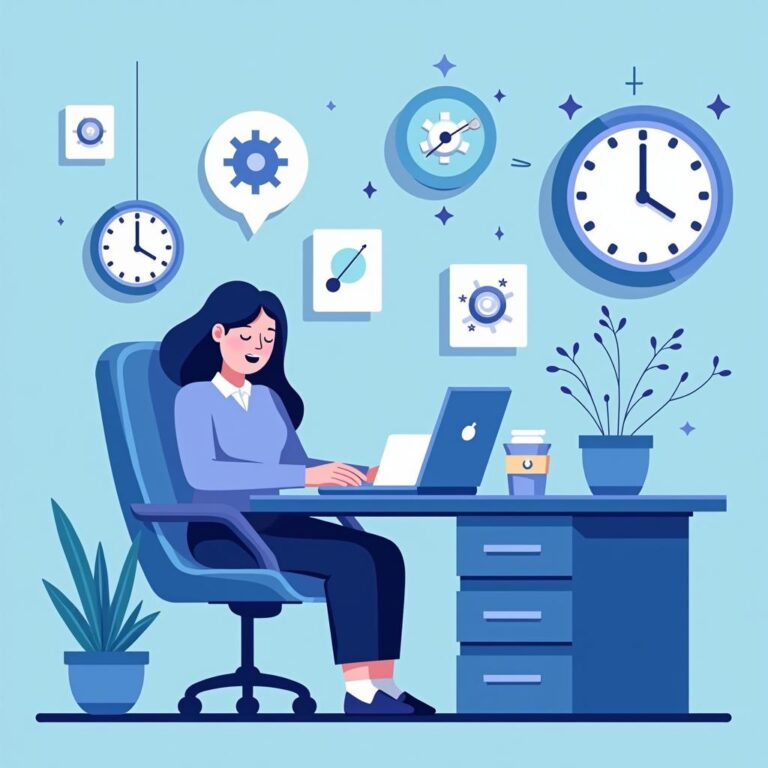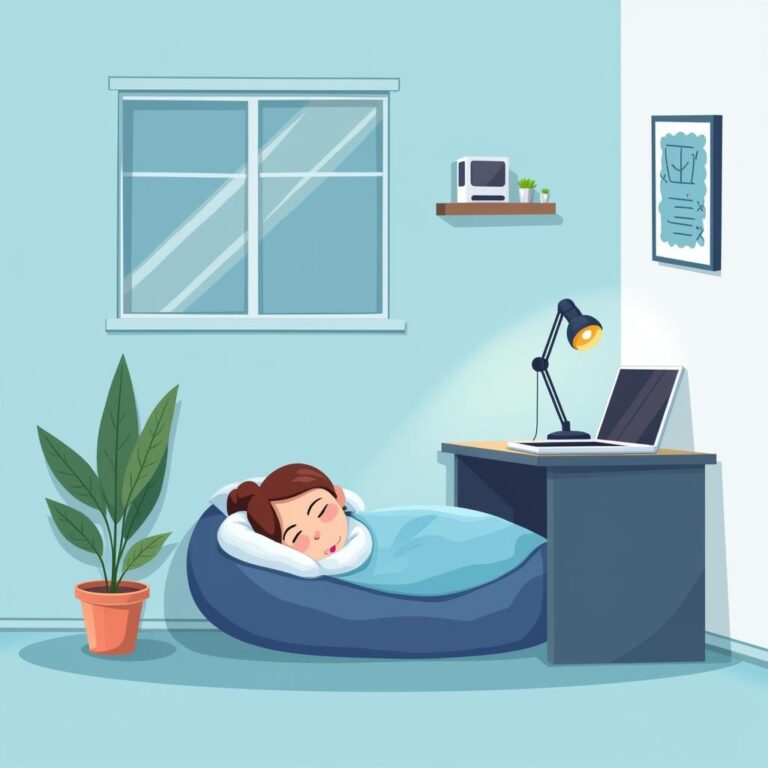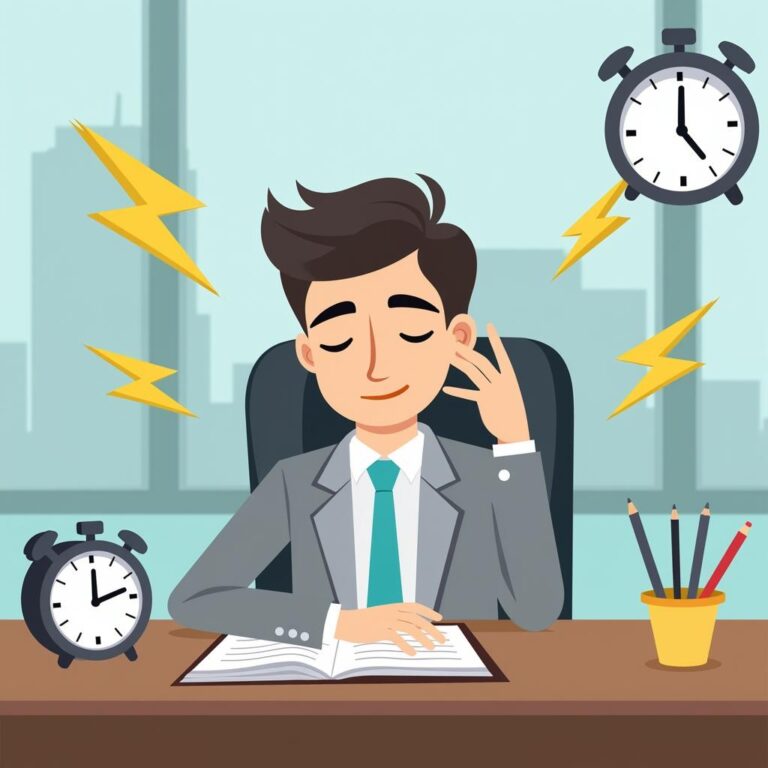Naps have long been associated with childhood, but they can be a powerful tool for adults looking to increase productivity and enhance cognitive performance. In our fast-paced world, where the demands on our time and attention seem relentless, understanding effective nap strategies is essential. Below we explore the best practices and research-backed benefits of napping, showing how a simple nap can transform your performance and overall well-being.
Understanding the Importance of Naps
Napping isn’t just a luxury; it has scientifically proven benefits that contribute to mental alertness, emotional regulation, and overall health. Studies indicate that short naps of around 10 to 30 minutes can help improve mood and cognitive performance without leading to sleep inertia.
Benefits of Napping
Incorporating effective nap strategies into your routine can yield numerous advantages:
- Enhanced Memory Retention: Napping has been shown to aid in memory consolidation, helping us to absorb and retain new information more effectively.
- Improved Alertness: A brief nap can help combat feelings of sleepiness and boost immediate alertness, outperforming caffeine in certain scenarios.
- Increased Creativity: Short naps can stimulate creative problem-solving and provide the mental clarity needed for brainstorming sessions.
- Reduced Stress Levels: Incorporating naps into your day can lower levels of cortisol, helping to manage stress and improve your emotional resilience.
Optimal Nap Duration
Timing is crucial when it comes to napping. Understanding how long to nap can dictate the effectiveness of your rest:
- Power Nap (10-20 minutes): Ideal for a quick boost in alertness and energy, this duration allows your body to recharge without entering deeper sleep stages, leading to minimal grogginess.
- Moderate Nap (30 minutes): This can still offer significant cognitive benefits, but some may experience sleep inertia upon waking.
- Long Nap (60-90 minutes): This duration allows the body to transition through multiple sleep cycles. It can lead to improved memory, but it may also introduce grogginess, especially if shorter naps are preferable.
Choosing the Right Time for a Nap
The timing of your nap can greatly influence its effectiveness. Keep the following points in mind:
- Avoid Late Afternoons: Napping too late in the day can interfere with night-time sleep. Aim for early afternoon, ideally between 1 PM and 3 PM, when your body’s circadian rhythm naturally dips.
- Listen to Your Body: Pay attention to your energy levels throughout the day. If you’re feeling particularly sluggish, a quick nap might be just what you need.
Creating a Napping Environment
Your surroundings can significantly affect the quality of your nap. Here are some tips for creating a conducive napping environment:
- Choose a Comfortable Space: Find a quiet, comfortable place where you can relax without distractions.
- Dim the Lights: Exposure to bright lights can hinder your ability to fall asleep, so use curtains or an eye mask to create a darker environment.
- Maintain a Cool Temperature: A cooler room can help facilitate better rest, as your body’s temperature naturally drops during sleep.
- Use White Noise: If you’re in a noisy environment, consider using a white noise machine or an app to drown out distractions.
Incorporating Naps into Your Routine
To make napping a regular part of your productivity strategy, consider the following tips:
- Schedule It In: Treat your nap as a scheduled appointment in your calendar to ensure you prioritize it.
- Keep a Regular Routine: Stick to a consistent nap time each day to train your body and mind to relax during that designated period.
- Set a Timer: To avoid oversleeping and waking up groggy, set an alarm for your desired nap duration.
Common Misconceptions About Napping
Despite the numerous benefits, some misconceptions surround napping:
- Napping is for the Lazy: A nap is a strategic tool for enhancing productivity and renewing focus, not a sign of laziness.
- Naps Disrupt Night Sleep: Short naps, especially when taken early in the day, generally don’t interfere with nighttime sleep for most people.
- Only Long Naps Work: The effectiveness of napping isn’t determined by duration alone; the quality of your nap also matters.
Conclusion
Effective nap strategies can significantly improve your productivity and overall mental health. By understanding the benefits of napping, incorporating these strategies, and creating an optimal environment, you can harness the power of napping to elevate your performance. Whether you’re a student, a busy professional, or anyone looking to enhance their daily output, a well-timed nap can be a game-changer.
So, the next time you feel that afternoon slump hitting, consider taking a refreshing nap. You may just find that it’s the boost you need to power through the rest of your day.

